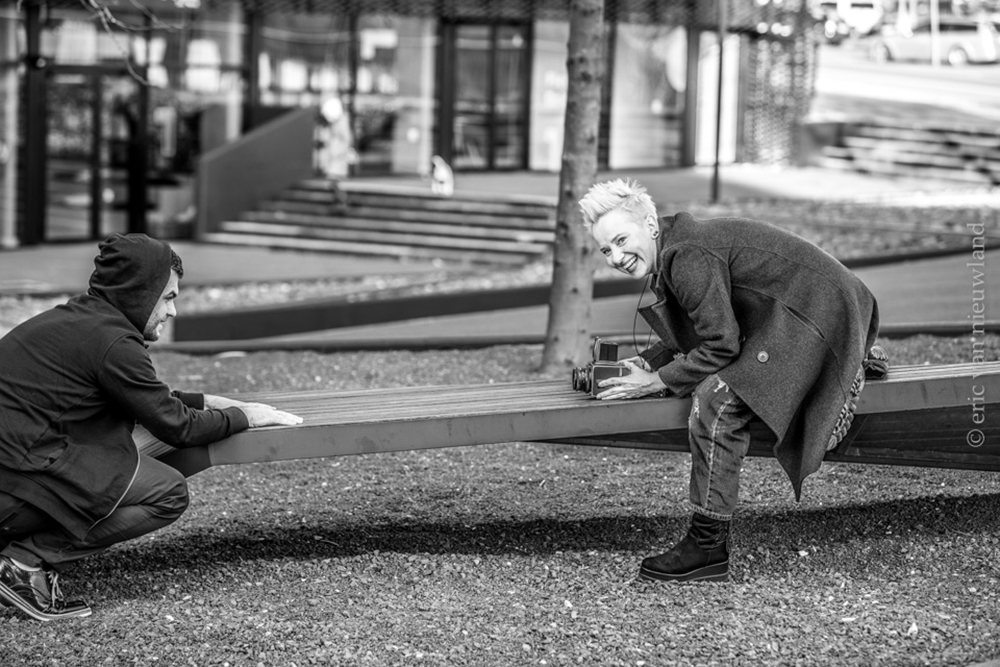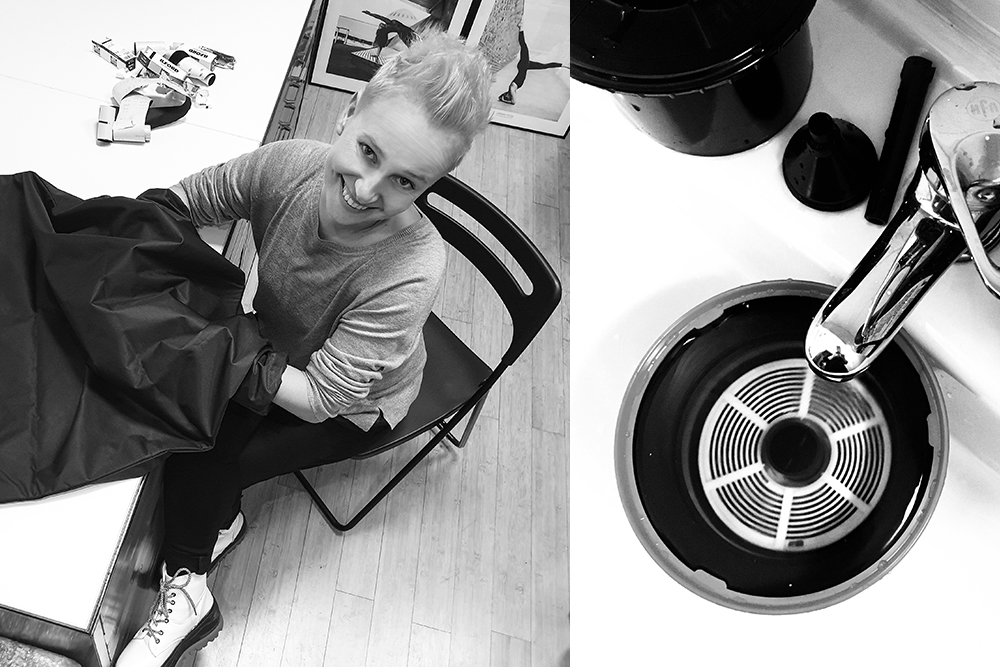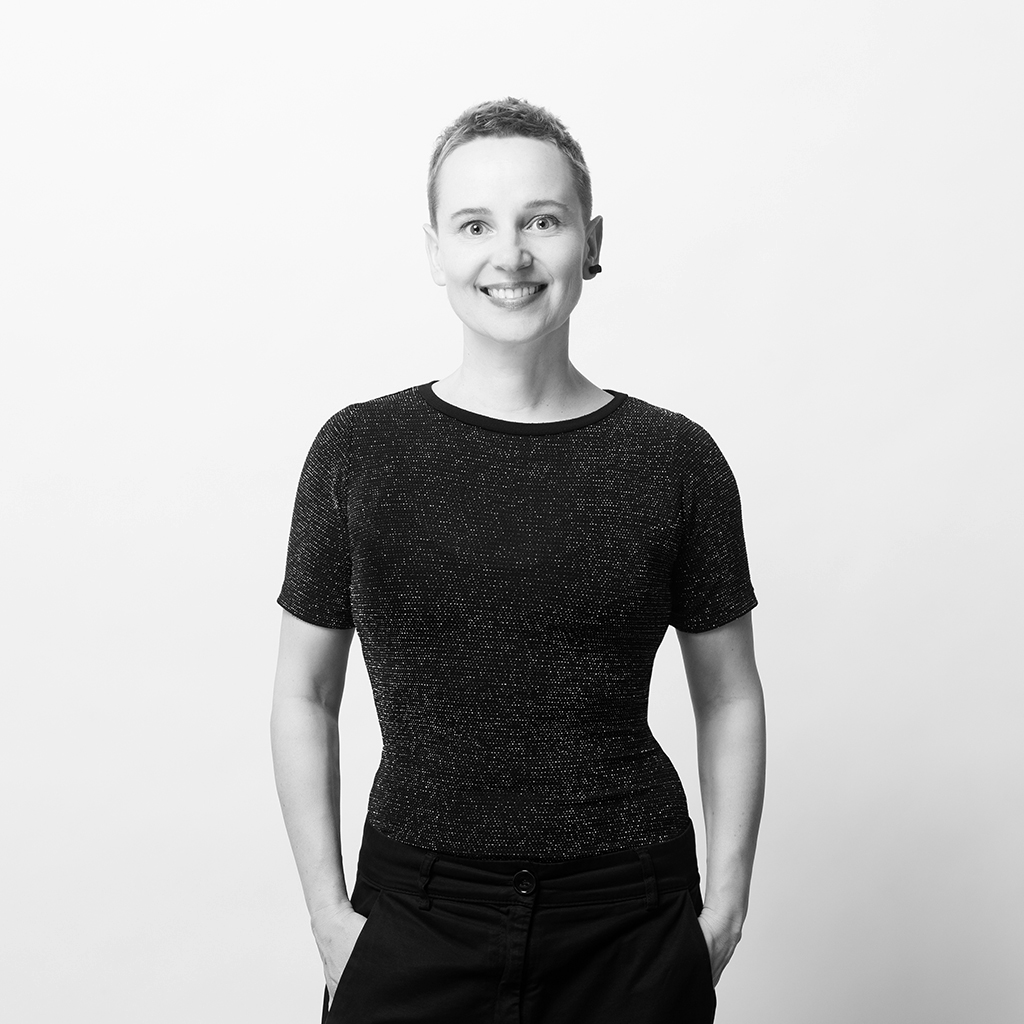When I have a few negatives to develop, I order the chemicals and work in the darkroom.
To my surprise and disappointment when it turned out that I wasn’t able to order Tetenal black and white emulsion…. this company has stopped producing it.
Despite the changing times, analogue photography is still going strong. Just because more opportunities and tools are arriving doesn’t mean it’s the end of old techniques. It just means that we have more possibilities and tools.
Even so, there is sometimes some turbulence among manufacturers of analogue photography supplies, some items disappear from the market, others return.

This time, sadly, Tetenal. Their products have never let me down, which is important when it comes to this delicate matter of developing negatives.
Sometimes I hear the question – why do you still want to work in the darkroom? I’m fascinated by this form of image creation.
I’m using this method for my long-term One People Story project (you can read more about it HERE).
The medium-format analogue Hasselblad is often the only camera (not counting my phone) I carry with me. Photographs are taken spontaneously, in response to an interesting scene or character or an intriguing situation. Unhurriedly and without pressure.
I also take photographs, as part of One People Story, for a specific commission. For example the Faces of JazzArt series, portraits of musicians taking part in the Katowice JazzArt Festival. Or photos I took in Veszprem, Hungary, during an artist residency that was part of the European Capital of Culture Veszprem-Balaton 2023.

What I like most about the whole process of creating analogue photography is slowness. For me, is to keep the balance in response to commercial photography, where I operate within a strict timeframe. And complete freedom in form and content.
So how do I do it?
The Hasselblad is a camera that makes 6cm by 6cm squares, on film (in my case monochrome). So on one film I have 12 photos available.
I usually take one picture of a person/situation/scene. It’s a bit risky, but you have to admit that I give each frame a lot of care – light measuring equipment, precise framing – but it can also happen spontaneously, guided only by my intuition. Both ways usually do not fail me.

When I have a few negatives made, I develop them, which I always do myself. I don’t like to outsource this process, there have been times when the negatives have been scratched, badly washed or with fingerprints.
I don’t need a darkroom to develop the negatives, all I need is a special piece of fabric, forming a sealed tent in which the film can be safely pulled from the spool and wound onto the spool of the correx. The correx is a container, also impervious to light, in which I make chemical baths to develop the film.

I pour the prepared mixture – that is developer (I worked with Tetenal Ultrafin) and fixer (Tetenal SuperFix) mixed in the right proportions – into the correx one by one. First the developer, then stopping the development with e.g. water, then the fixer and finally a longer rinse in water to get rid of any residual chemicals. The whole process usually takes about 45 minutes.
Afterwards, the film needs to dry. I just hang it up and wait until it is completely dry.

There are two ways to go at this point. Continue the process of making photographs in the darkroom (enlarger + chemicals + photographic paper), or use a hybrid solution of scanning the films and printing the photographs.
I worked many hours in the darkroom making prints myself. This is how I created my first portraits or city photos, between 2001 and 2006.
Nowadays, I choose the second solution. I scan the films – always with the original frame of the negative, so it’s always a full, original frame, work on them tonally in Lightroom, then print.
Printing the One People Story series is an important part of the whole. I chose acid-free paper for this project, a completely matte cardstock that beautifully accentuates the softness of these photographs and gives the drab blacks.
I print the squares in a 10 cm by 10 cm format and keep them in a Black Box, produced especially for this collection. If I want to gift a square to the person portrayed, I pack it in a black envelope with the project logo, also produced especially for this series.

Despite the digitisation, I attach more importance to showing these photographs in person than online. I have created a one-photo gallery on my website and I update it every other Monday. What for? At the moment there are more than 250 photographs in the collection. No one can handle clicking through such a number 😉 It’s better to focus on one image and see a larger number on exhibition. I also slowly feel ready to show this story in a book.
Again, I invite you to visit the project page HERE, you can take a look at the portfolio and see two videos. Go ahead!
What about chemicals then?
I work on Ilford negatives, so I decided to try out the chemistry of the same manufacturer. I am currently waiting for the shipment 🙂




